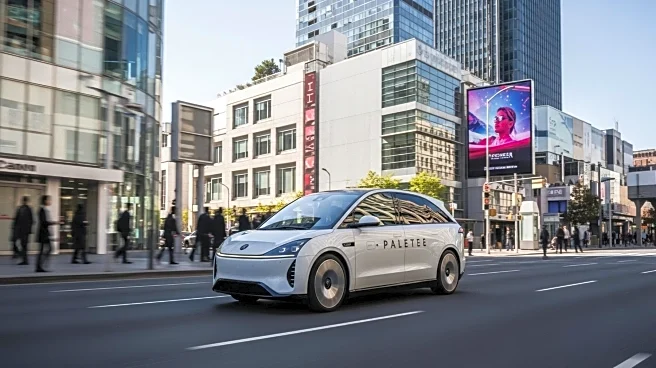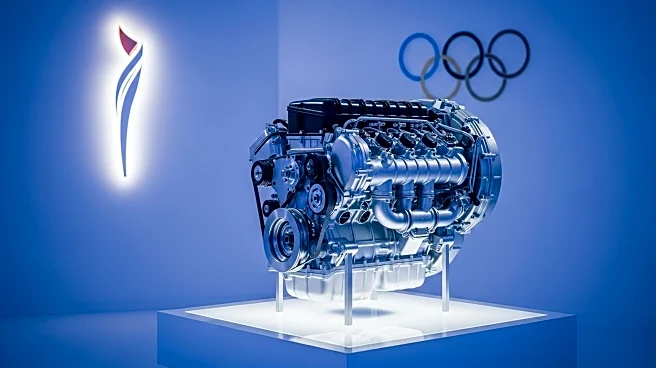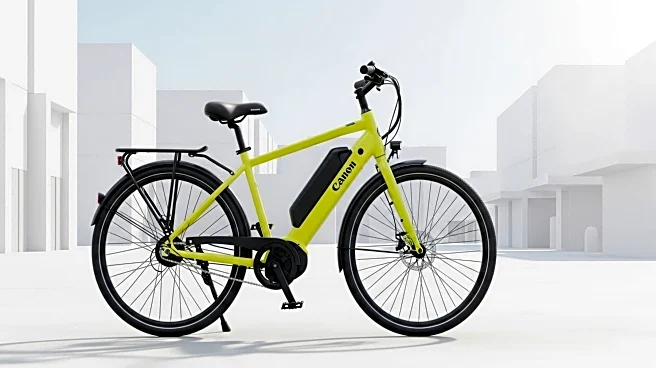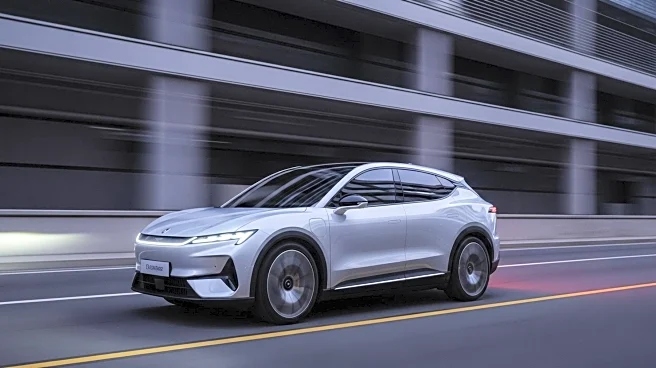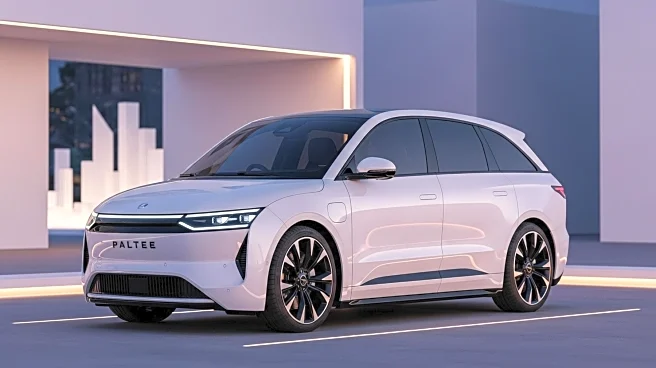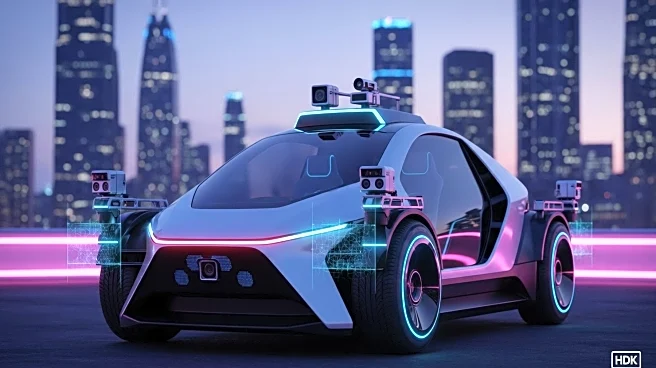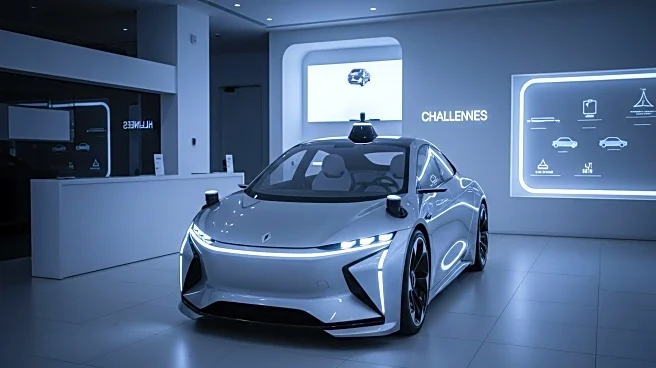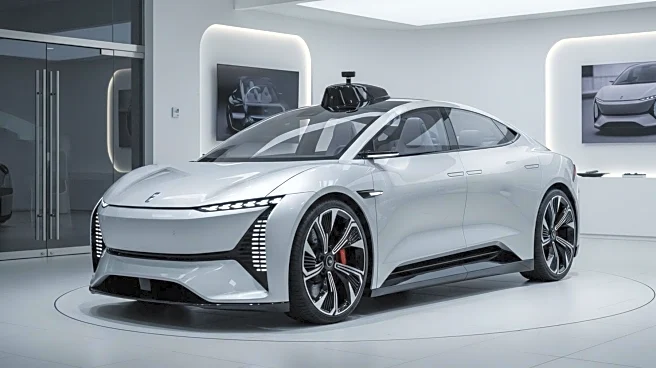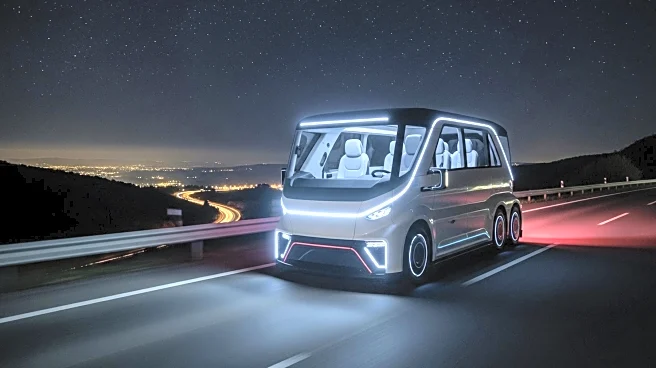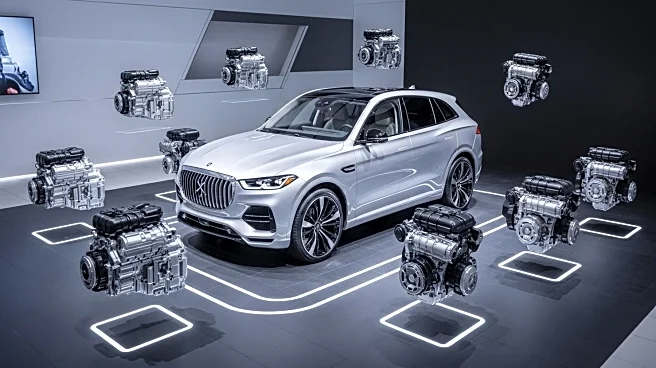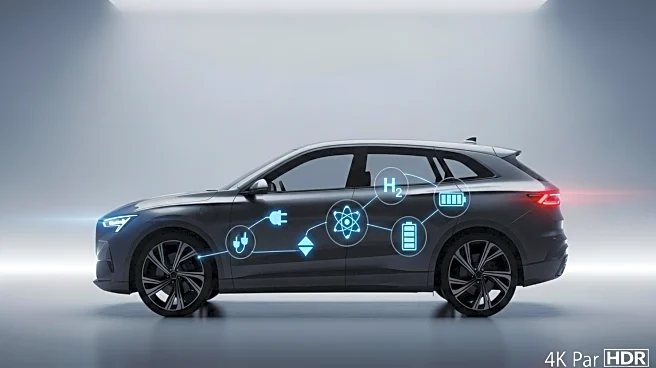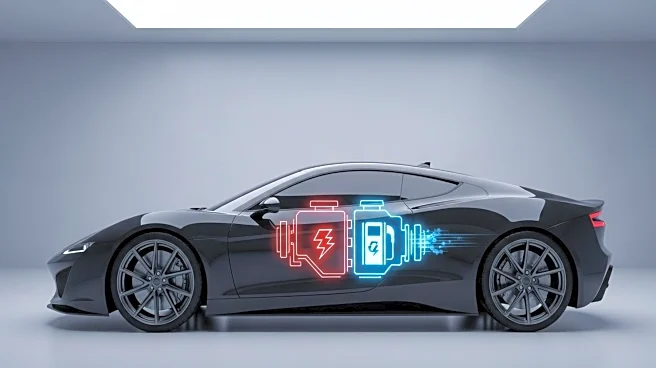What is the story about?
What's Happening?
Toyota has begun production of its e-Palette, a versatile Mobility-as-a-Service (MaaS) vehicle designed to adapt to various urban transport needs. Initially showcased as a concept at the Tokyo Motor Show, the e-Palette can serve multiple functions, such as a shuttle, mobile store, or medical clinic. The vehicle features an open-source platform allowing third-party developers to integrate autonomous driving systems. With a range of 250 kilometers and a capacity for 17 passengers, the e-Palette aims to enhance urban mobility and reduce vehicle idle time.
Why It's Important?
The e-Palette represents a significant shift in urban transportation, offering a flexible solution to meet diverse mobility needs. By reducing the number of idle vehicles, it promotes efficiency and sustainability in city environments. The open-source platform encourages collaboration and innovation, allowing companies to develop customized applications for the vehicle. This approach could lead to advancements in autonomous driving technology and transform urban infrastructure, making transportation more adaptable and responsive to changing demands.
What's Next?
Toyota plans to deploy the e-Palette in various urban settings, including TOYOTA ARENA TOKYO and Toyota Woven City. The vehicle's ability to transform its purpose throughout the day will be tested in real-world scenarios, potentially leading to further enhancements. Toyota aims to achieve Level 4 automated driving by 2027, expanding the e-Palette's capabilities. As the vehicle gains traction, it may inspire other automakers to explore similar MaaS solutions, fostering innovation in urban transport.
Beyond the Headlines
The e-Palette's production highlights the growing importance of MaaS in addressing urban mobility challenges. This development reflects a broader trend towards flexible, multi-use vehicles that can adapt to various roles. The integration of autonomous technology and open-source platforms may drive significant changes in how cities manage transportation, emphasizing the need for adaptable infrastructure and collaborative innovation.
AI Generated Content
Do you find this article useful?
